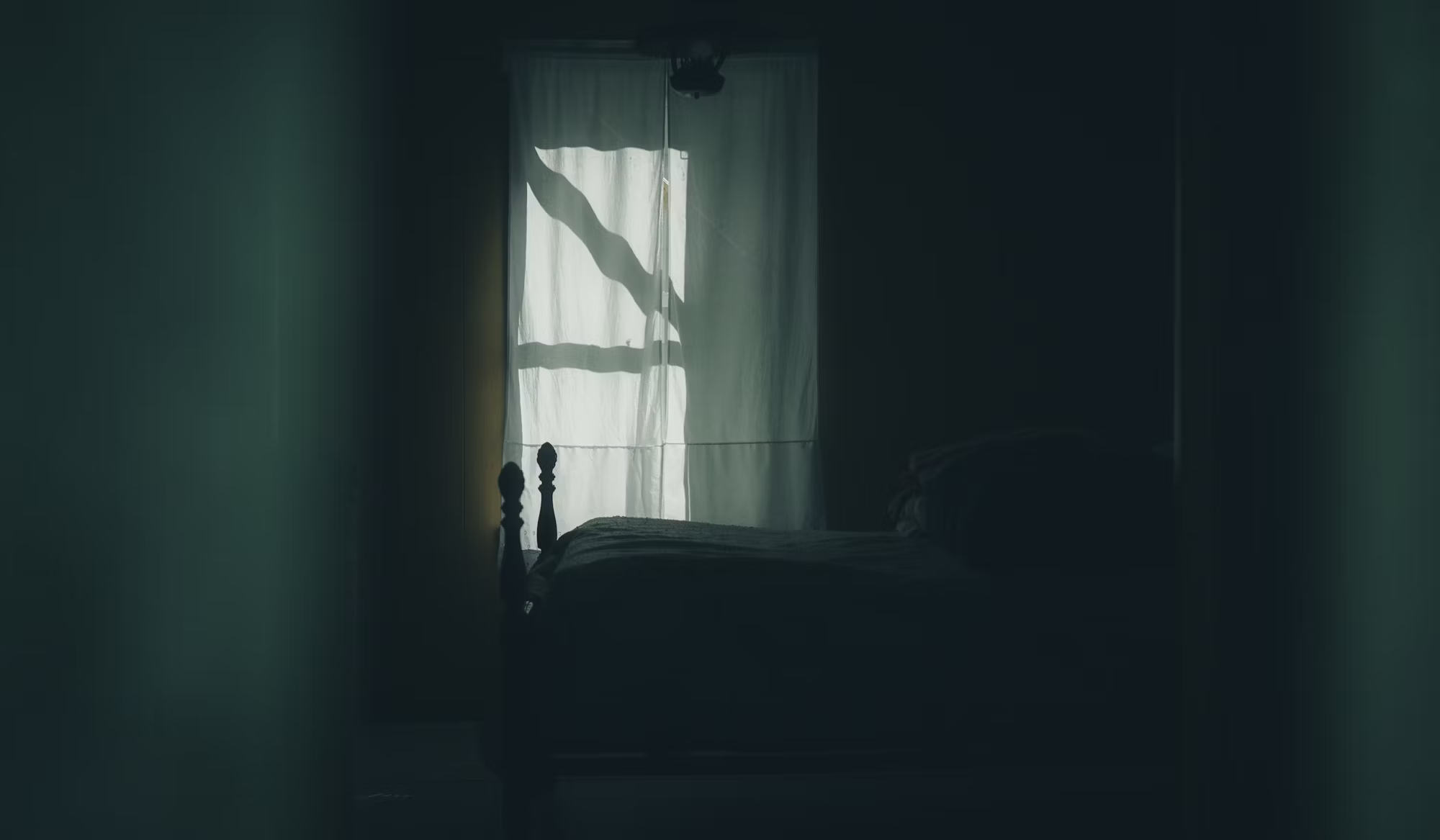Victorian architecture, a style that emerged during the reign of Queen Victoria from 1837 to 1901, is renowned for its ornate details, vibrant colors, and eclectic design elements. This architectural style is a celebration of craftsmanship and artistic expression, embodying a unique blend of historical influences that continue to captivate homeowners and designers today. In this article, we will explore the distinctive features of Victorian architecture, its historical roots, and how this timeless style can be adapted for modern living.
One of the most striking aspects of Victorian architecture is its emphasis on decorative detail. Homes built in this style often feature elaborate trim, intricate moldings, and ornamental gables that create a sense of grandeur. This attention to detail extends to the interior as well, where features like coffered ceilings, decorative fireplaces, and stained glass windows showcase the craftsmanship of the era. These elements reflect the Victorian fascination with beauty and embellishment, which was fueled by advancements in manufacturing that allowed for mass production of intricate designs.
Victorian homes are also characterized by their asymmetrical shapes and complex rooflines. Unlike earlier architectural styles that favored symmetry and simplicity, Victorian design embraces a more varied approach, with turrets, bay windows, and expansive porches that create a sense of movement and interest. This asymmetry not only adds visual appeal but also reflects the individualism of the Victorian era, where homeowners sought to express their unique tastes and personalities through their homes.
Color plays a significant role in Victorian architecture, with homes often painted in bold and vibrant hues. While earlier styles tended to favor muted tones, Victorian homes showcased a palette that included deep greens, rich burgundies, and bright yellows. These colors were used not just for aesthetic purposes but also to highlight architectural details, drawing the eye to intricate features and creating a sense of harmony between the structure and its surroundings. This colorful approach to design is one of the defining characteristics that sets Victorian architecture apart from other styles.
The historical context of Victorian architecture is equally fascinating. The Industrial Revolution brought about significant changes in society, including urbanization and the rise of the middle class. As more people moved to cities and sought homeownership, Victorian architecture became a symbol of prosperity and social status. Builders began to construct homes that catered to this emerging demographic, often incorporating elements from various architectural styles such as Gothic Revival, Italianate, and Queen Anne, resulting in a diverse range of designs.
The Gothic Revival influence is particularly notable in many Victorian homes, characterized by pointed arches, steeply pitched roofs, and intricate detailing. This style harkens back to medieval architecture and reflects a romanticized view of the past. On the other hand, the Italianate style, with its tall, narrow windows and wide overhanging eaves, introduced a sense of elegance and sophistication to Victorian design. The Queen Anne style further expanded upon these influences, embracing a free-spirited approach that encouraged experimentation with different materials and shapes.
As Victorian architecture evolved, so did its relevance in contemporary design. Today, many homeowners are drawn to the charm and character of Victorian homes, appreciating their historical significance and unique aesthetic. Modern adaptations often involve updating interiors to suit contemporary lifestyles while preserving the original architectural elements that make these homes special. For instance, open floor plans and updated kitchens can coexist with period features like ornate fireplaces and intricate woodwork, creating a seamless blend of old and new.
The restoration and renovation of Victorian homes require a careful balance between preserving historical integrity and accommodating modern needs. Many homeowners opt to work with preservation specialists who understand the nuances of Victorian design, ensuring that any renovations respect the original architecture. This commitment to preservation not only honors the craftsmanship of the past but also contributes to the cultural heritage of communities, as many Victorian neighborhoods are designated as historic districts.
Furthermore, the timeless appeal of Victorian architecture extends beyond residential homes. Many public buildings, such as libraries, museums, and town halls, were also constructed in the Victorian style, showcasing the same ornate details and vibrant colors. These structures serve as a reminder of the architectural innovation of the time and continue to inspire admiration for their beauty and historical significance.
Incorporating Victorian design elements into modern homes can be a delightful way to celebrate this rich architectural history. Homeowners can introduce features like wainscoting, crown molding, and decorative ceiling medallions to evoke the charm of Victorian interiors. Choosing period-inspired furnishings, such as tufted sofas or antique tables, can further enhance the aesthetic while providing functional living spaces.
Landscaping also plays a crucial role in complementing Victorian architecture. Many Victorian homes feature lush gardens with a mix of formal and informal elements, including flower beds, climbing vines, and manicured hedges. Creating outdoor spaces that reflect the ornate beauty of the home can enhance its overall charm and provide a welcoming environment for family and friends.
In conclusion, Victorian architecture is a testament to a rich historical era that celebrates beauty, craftsmanship, and individuality. Its distinctive features, vibrant colors, and intricate details create homes that are not only visually striking but also deeply connected to the social and cultural movements of the time. As homeowners continue to embrace and adapt this timeless style, Victorian architecture remains a cherished part of our built environment, inspiring admiration and appreciation for generations to come. Whether through restoration projects or modern interpretations, the charm of Victorian design endures, inviting us to explore the past while shaping the future of our living spaces.



